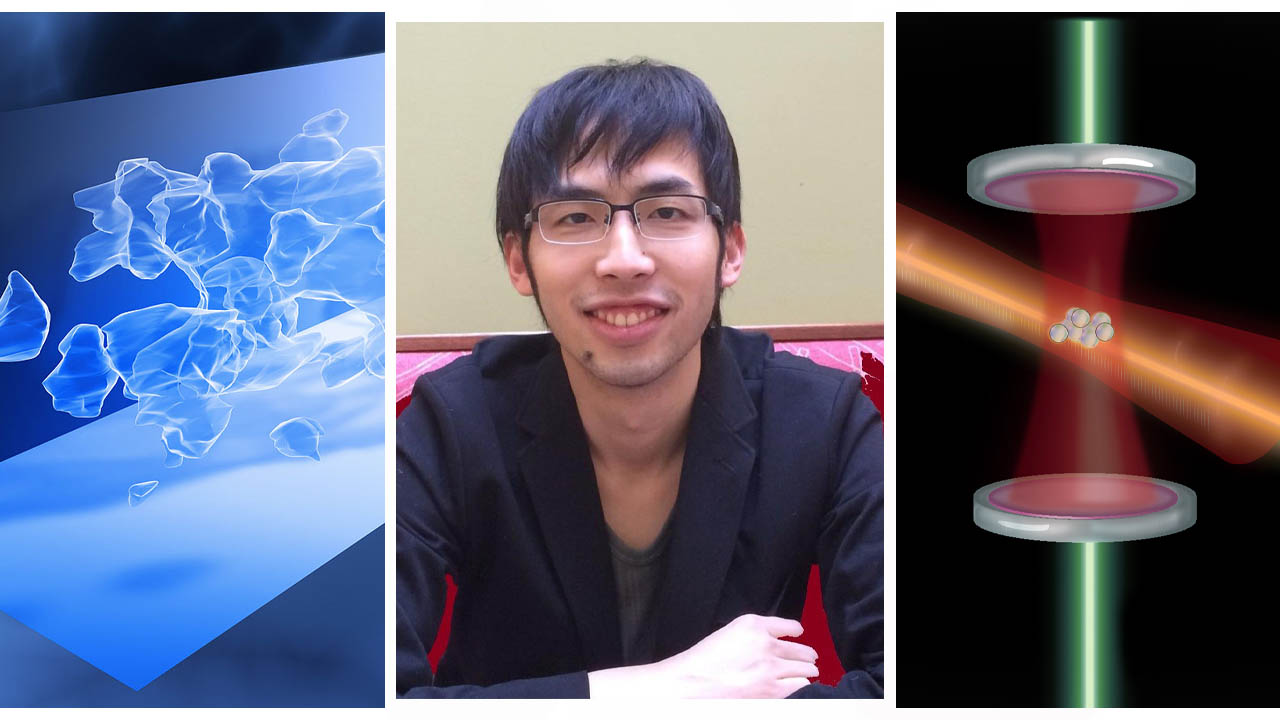We metYu-Dai Tsai, Postdoctoral Research Fellow at theUniversity of California, Irvine (California, USA). He and his team have published a research in Nature Astronomy, in which they propose sending two atomic clocks close to the Sun in search of ultralight dark matter. The latter, if it were present, would affect the functioning of atomic clocks and, above all, would change the ticking of the two clocks, since ultralight dark matter would cause the energies of the atoms to oscillate. In other words, the scientists intend to monitor the observed differences in the ticking of clocks to search for dark matter.
To read the official article published by Nature Astronomy click HERE.
Your objective is inserting an atomic clock in a spacecraft and, then, sending it to Sun to discover the dark matter. Why might an atomic clock be able to detect dark matter?
Ultralight dark matter coupling to electron or photon can induce oscillation of the atomic transition frequencies. Atomic clocks can measure these changes very well, especially if one has two clocks with two different types of atomic transitions. By measuring the DM-induced effects on atomic transitions very precisely, one can hope to detect dark matter.
How can you be sure that dark matter could be present near the Sun? Where is dark matter found in the Universe?
The Sun provides gravitational potential that can potentially allow the accumulation of dark matter around it. Dark matter has already been found gravitationally in galactic rotation curves (studying the velocity of stars in the galaxies), bullet clusters, and the cosmic microwave background, to name a few. However, dark matter-visible matter interactions beyond gravity have never been detected yet. Our proposal is trying to find that near the Sun, using atomic clocks.

Credits: NASA, ESA and R. Massey (California Institute of Technology)
READ ALSO –> Roman Space Telescope: two NASA astrophysicists answer our questions
What is the most important mystery of the dark matter? What makes you think that it exists, even if we can’t see it?
There are many important mysteries of dark matter. But one of the most important puzzles is if it interacts with visible matter through any interactions other than gravity. There were many observations of dark matter with gravitational effects, so we have indeed “seen” dark matter gravitationally.
The atomic clocks are used also for GPS satellites. In your opinion, can atomic clocks also be used for other space missions?
Yes, they can. It would be interesting to analyze existing clocks on the satellites to see if we can detect dark matter. However, if we want to send the clocks to the Sun to search for dark matter, we need a better design for the clocks to survive in the extreme environment near the Sun.
As for your work, how was your passion for particle physics born? What do you think when you observe the two Worlds: micro and macro?
I have always wanted to know how the Universe works at the deepest level. Both micro- and macro-observations of the Universe can tell us the deepest secrets of Nature. Particle physics studies, especially the study of ultralight dark matter, link the micro and macro worlds in exciting ways involving atomic clocks and space missions, so they are maximally fun.

